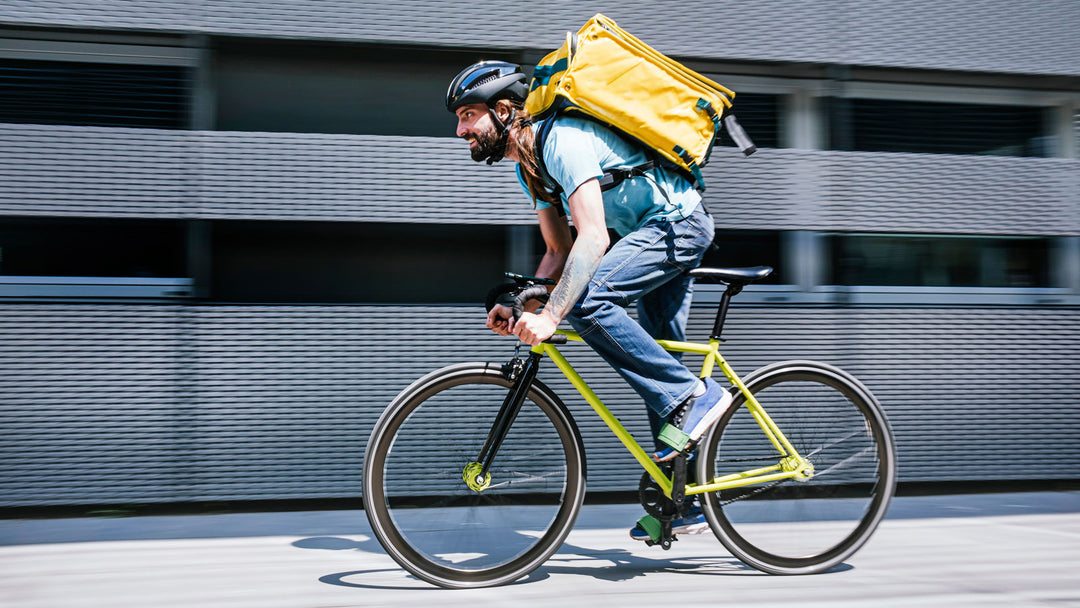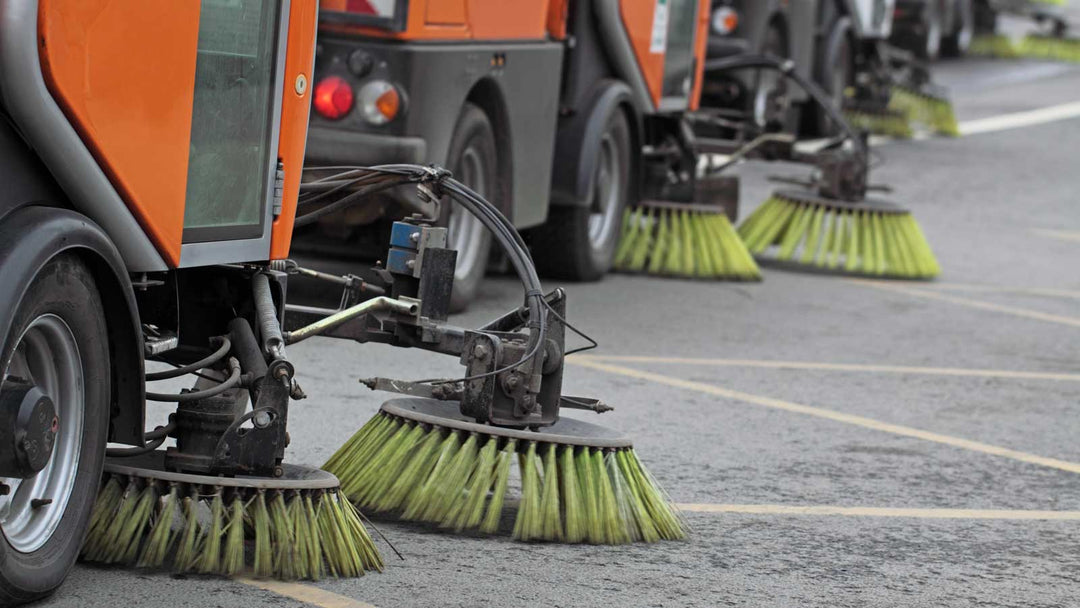Cycling Cadence Explained: What’s the Ideal RPM for Efficiency?
Cycling Cadence Explained: What’s the Ideal RPM for Efficiency?
Introduction
In the world of cycling, whether you're a seasoned professional or a weekend warrior, the concept of cadence plays a crucial role in optimizing performance. Cadence, or pedal revolutions per minute (RPM), is a key factor in the biomechanical efficiency and endurance in cycling. This blog post explores the ideal RPM for cycling efficiency, helping you to enhance your cycling technique and performance.
Understanding Cadence
What is Cadence?
Cadence in cycling refers to the rate at which a cyclist pedals. It's measured in RPM — the number of revolutions of the pedal per minute. This measure helps cyclists to understand their riding style and make necessary adjustments for improved speed and efficiency.
Why Does Cadence Matter?
Optimal cadence can help in reducing fatigue, improving muscle efficiency, and increasing endurance. It also plays a significant role in the prevention of injuries by minimizing the strain on muscles and joints.
Finding Your Ideal Cadence
Factors Influencing Cadence
Several factors can influence your ideal cadence, including:
- Fitness level: More experienced cyclists can typically maintain a higher cadence.
- Bike type and setup: Different setups can affect how easy or hard it is to pedal at higher RPMs.
- Terrain: Steep or uneven terrain can require adjustments in cadence for optimal performance.
General Recommendations
While the ideal cadence can vary, most studies suggest that:
- Beginners should aim for 60-70 RPM.
- Intermediate riders might target 70-80 RPM.
- Advanced cyclists often strive for 80-100 RPM.
However, the most efficient cadence is highly individual. Testing different cadences under various conditions can help determine what works best for you.
Benefits of Optimal Cadence
Increased Endurance
Maintaining an optimal cadence can help conserve energy and increase your riding endurance, allowing for longer rides with less fatigue.
Enhanced Muscle Efficiency
Cycling at an ideal RPM promotes better muscle recruitment, which enhances overall muscle efficiency and delays the onset of fatigue.
Injury Prevention
A proper cadence reduces the risk of injury by lessening the impact on your knees and joints, particularly during long or intense rides.
Practical Tips to Improve Your Cadence
1. Use a Cadence Sensor: Invest in a cadence sensor to monitor your RPM in real-time.
2. Cadence Drills: Incorporate cadence drills in your training to improve your pedal efficiency.
3. Listen to Your Body: Pay attention to how different cadences feel and how they affect your fatigue levels and overall comfort.
Conclusion
Understanding and optimizing your cycling cadence can significantly enhance your riding efficiency and enjoyment. While the "ideal" cadence can vary from one cyclist to another, aiming for a cadence that maximizes your muscular and cardiovascular efficiency is key. Experiment with different RPMs to find what feels best for your body and cycling goals.
> "Mastering your cadence can transform your cycling experience, making each ride smoother and less fatiguing."
Explore other cycling efficiency techniques and training tips by browsing our related articles. Enhance your performance by understanding the mechanics behind efficient cycling.
Read more here and join our cycling community today!






